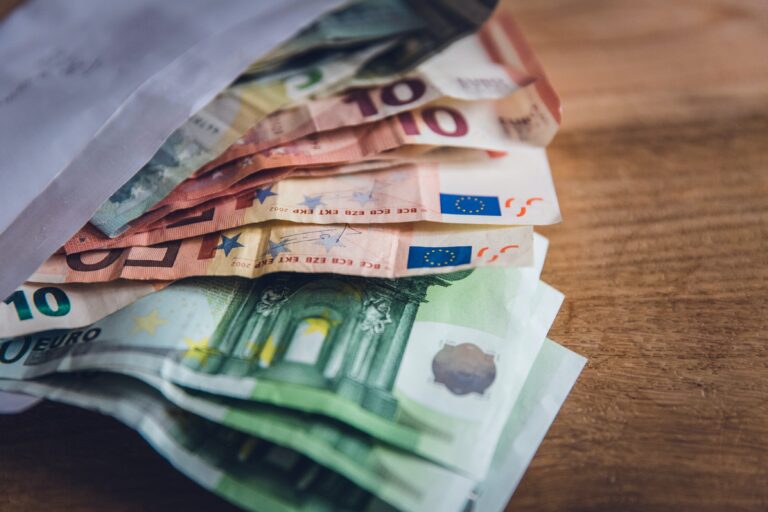
Morning Brief – Perishing Pound?
The brakes are on in the United States as coronavirus infection rates climb rapidly. Without any credible advances in therapeutics, the development of a vaccine, or a sufficient proportion of the population infected to create a herd immunity, we know that if life goes back to the way it was then we could risk casting ourselves back to the infection and death rates observed at the height of the pandemic. Whilst populations therefore might be eager to get back to life as it was, markets are sometimes cautious when they feel health policy oversteps the readiness of a population to accommodate the measures.
One example of caution recently has been in the UK Pound. The announcement that pubs, restaurants and other hospitality venues may open from July 4th was met with jubilance in many cases but it also had the effect of undermining the Pound Sterling. This bucks the trend we’ve been seeing of late where economic activity enticing un-lockdowns are seen as supportive for the underlying currency. The potential disagreement between the government and the Chief Medical and Scientific Officers, who are now joined by a group of medical experts, over the decision to ease the lockdown is the probable cause for the breakdown in this relationship.
A deteriorating global risk appetite within markets is also responsible for the inverse relationship between lockdown easing and currency value this week. The handling of the lockdown in the United States has been a tangible failure for President Trump and one that is likely to have lasting effects on the US and global economies, not least the Presidential election later this year. As the incidence of infection across many States has been gradually rising, questions have been raised about the United States’ readiness for degrees of social normalisation. With an increase in infections yesterday alone of more than 38,000, those questions have been answered: No! Those States worst affected, so far seemingly isolated to the South and West of the Union, have taken measures to reintroduce elements of the lockdown. This development has caused a perceived increase in global risk and prompted emerging market assets to underperform once again at the expense of safe havens including the Yen, Franc, Gold and US Dollar.
So-called G-10 currencies are the most voluminously traded currencies in the world and often represent the largest or most developed economies. They find stability from this virtue and are seen as a safer port in a storm. Not for the Pound at the moment though, claims Bank of America currency analyst Kamal Sharma. He believes that the former core currency now trades with price movements that are “neurotic at best, unfathomable at worst”. A particularly pessimistic outlook for Brexit, monetary policy and the economy have led the analyst to the conclusion. For now the higher correlation to emerging market currencies is substantiating these claims. It does, however, seem somewhat too early to draw these conclusions with trade deals still on the table and an economic recovery to orchestrate. It is likely that it is a little too early then to follow his recommendation to chase the Pound to parity just yet.
Discussion and Analysis by Charles Porter

Click Here to Subscribe to the SGM-FX Newsletter
Related Insights

Daily Brief – Next level
Next level EURUSD has managed a relatively smooth ascent to its current levels, around 1.18. That is despite significant resistance levels, most notably around 1.17. A large collection of option strike prices gathered around this key level and the price history of the pair shows us its significance. Sustained closes above this level since last […]

Daily Brief – A weaker Dollar: Trump vs. Powell
A weaker Dollar: Trump vs. Powell The Dollar continued to lose ground yesterday as the truce between Israel and Iran appeared to continue to hold. There has been a noticeable return to focus upon macro and monetary influences in major currency pairs. Yesterday, Fed Chair Jay Powell provided his semi-annual monetary policy report before the […]

Daily Brief – Whiplash
Whiplash A highly volatile start to yesterday’s trading session saw a flight to safety in markets. Despite the Dollar having lost much of its appeal as a safe haven lately, there was still an identifiable USD bid prior to and during the European open. We have identified recently how markets have clearly differentiated between general […]



 Charles Porter
Charles Porter